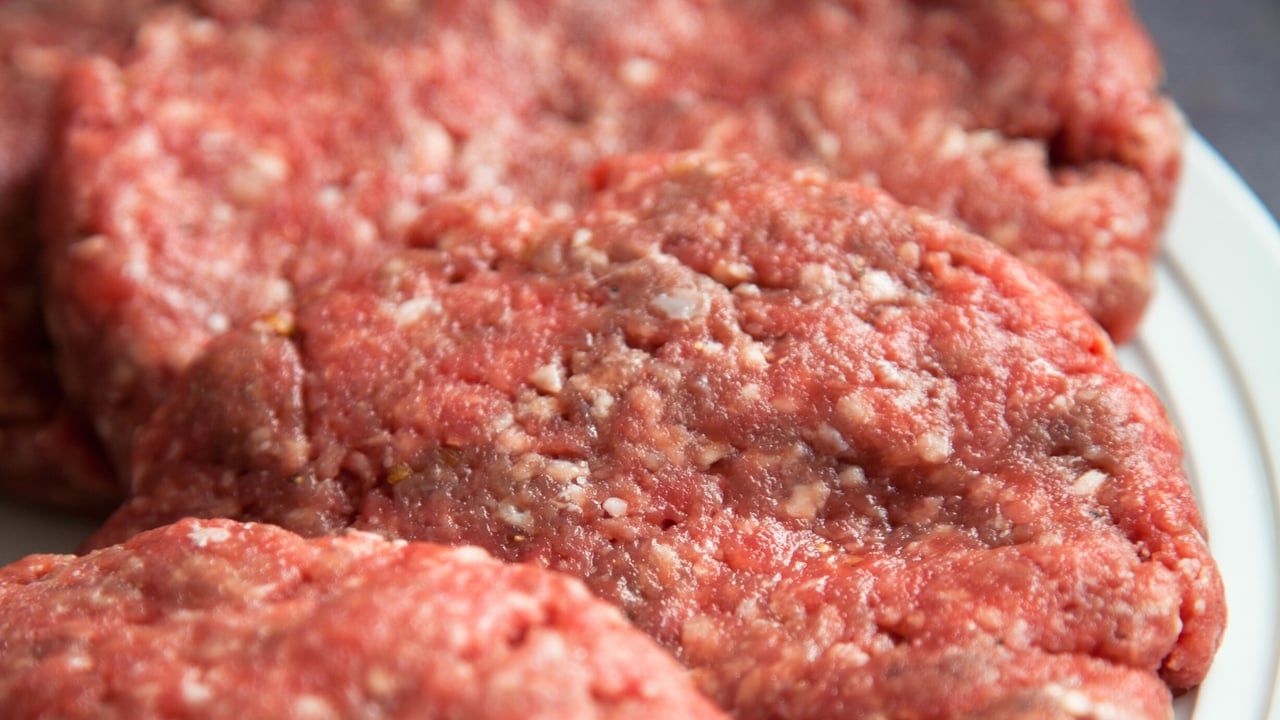25 to 34-year-olds throw out the most meat and dairy - EPA
The 25 to 34 age cohort throw out the most food, particularly fruit, vegetables, dairy and meat, according to new findings by the Environmental Protection Agency (EPA).
Today (Tuesday, September 29) is the first International Day of Awareness of Food Loss and Waste.
Findings from the survey carried out by the EPA show that food waste is a “high priority” in Irish households, with 54% of those surveyed reporting this issue as a “concern” to them.
Bread is Ireland’s most wasted food, with 41% of people reporting they throw bread away. After bread, vegetables, fruit and salad are the foods thrown out most often in the home. The main reasons for waste are food passing its use-by date and forgetting to eat leftovers in time.
During the Covid-19 lockdown, 29% of people reported wasting less food.
[colored_box color="green"]Empty nesters throw away the least amount of food overall with 22% saying they throw away no food at all. The 25-34 age cohort throw out the most food. This cohort, along with 16-24, appear to have a “lack of knowledge of how to reduce food waste”.[/colored_box]
Two in five of those in younger age groups say they would like to reduce food waste, but don’t know how.
Mary Frances Rochford, programme manager in the EPA Office of Environmental Sustainability, said that Irish households produce over 250,000t of food waste per year, at a cost of €700 per household.
“In addition, food waste is a significant contributor to climate change – generating about eight to 10% of global greenhouse gas emissions,” she said.
Reducing food waste reduces our greenhouse gas emissions and also reduces bills for householders and businesses.
Odile Le Bolloch of the EPA added:
“Avoiding food waste at home is about changing our behaviours and building good habits. By buying only what we need, planning meals and using leftovers and storing food properly, we will immediately cut wastage and save money.”





